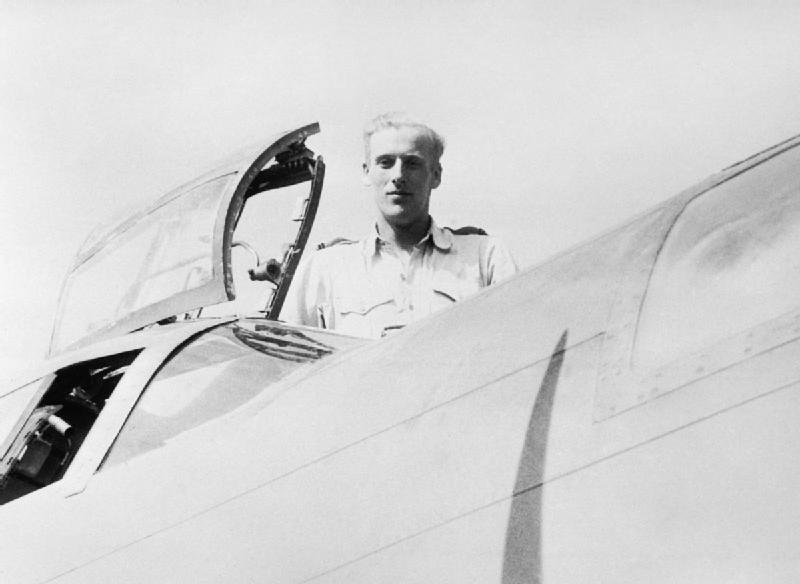The effect of the Treaties needs taken into account in looking at capital ship numbers because they reshaped everything. The 3 major fleets were halved, and a 10 year building holiday imposed (extended to 31 Dec 1936 in the 1930 Treaty). Given the age and the rapid pace of capital ship development pre-WW1 it cut out a lot of dead wood and stopped another naval race like that in the lead up to WW1, which only the USA could afford. But it meant capital ship fleets of the size of WW1 would never be seen again. (At Jutland the RN fielded 37 capital ships and Germany 27) And with numbers limited different nations had different attitudes to preserving them, which affected operations in WW2.
Britain
1922 Washington cost the RN 20 capital ships immediately (plus 4 G3 on order but not laid down). That left 21 pre-Jutland capital ships plus Hood. Then in mid-1920s another 4 went to be replaced by the 2 Nelrods.
1930 London cost another 5, leaving the 15 Britain entered the war with.
USA
1922 Washington cost the USN 17 ships in service plus 13 under construction. That left a fleet of 15 pre and 3 post-Jutland ships. Total 18.
1930 London cost another 3, to leave the 15 they had in 1939.
IJN
Japan lost 10 plus 14 under construction or yet to be laid down under Washington. Her fleet then stood at 8 pre and 2 post-Jutland capital ships.
1930 London cost another battleship reducing the numbers to just 9 (Hiyie or Hiei was reactivated 1937-41 after Japan left the Treaty system).
France & Italy were allowed to keep 7 & 6 old pre-Jutland ships through this period. Italy in particular had financial problems that saw her reduce her capital ship numbers to just 4 by 1930. The concession they won at a Washington allowed them to each build 70,000 tons of new Battleships from 1927, a concession they retained under the 1930 London Treaty that led to the Dunkerques & Littorios.
Germany was limited by the Versailles Treaty to 8 old pre-Dreadnoughts (6 active & 2 in reserve) which were supposed to be scrapped as new construction of limited size entered the fleet. 4 were scrapped 1931-36 as the Panzerschiff entered service.
Then we have the 1930s rush to renew the capital ship fleets. But increasing size, cost and complexity forced a limitation on numbers again.
But despite the reduction in numbers the capital ship remained the king of the fleet for all navies until at least 1942. Its advocates continued to see it having a place beyond 1945. Britain continued to design Battleships into the post war years, as well as plan further modernisations, as well as completing the delayed Vanguard in 1946, until financial reality struck and the pre-KGVs went to the breakers 1948/49. The US recommenced work on BB-65 & 66, the Iowa class Illinois & Kentucky in Jan 1945 but neither was completed postwar. That despite having cancelled the Montana class in July 1943. France took Jean Bart in hand postwar and completed her to a modified design.
Britain
1922 Washington cost the RN 20 capital ships immediately (plus 4 G3 on order but not laid down). That left 21 pre-Jutland capital ships plus Hood. Then in mid-1920s another 4 went to be replaced by the 2 Nelrods.
1930 London cost another 5, leaving the 15 Britain entered the war with.
USA
1922 Washington cost the USN 17 ships in service plus 13 under construction. That left a fleet of 15 pre and 3 post-Jutland ships. Total 18.
1930 London cost another 3, to leave the 15 they had in 1939.
IJN
Japan lost 10 plus 14 under construction or yet to be laid down under Washington. Her fleet then stood at 8 pre and 2 post-Jutland capital ships.
1930 London cost another battleship reducing the numbers to just 9 (Hiyie or Hiei was reactivated 1937-41 after Japan left the Treaty system).
France & Italy were allowed to keep 7 & 6 old pre-Jutland ships through this period. Italy in particular had financial problems that saw her reduce her capital ship numbers to just 4 by 1930. The concession they won at a Washington allowed them to each build 70,000 tons of new Battleships from 1927, a concession they retained under the 1930 London Treaty that led to the Dunkerques & Littorios.
Germany was limited by the Versailles Treaty to 8 old pre-Dreadnoughts (6 active & 2 in reserve) which were supposed to be scrapped as new construction of limited size entered the fleet. 4 were scrapped 1931-36 as the Panzerschiff entered service.
Then we have the 1930s rush to renew the capital ship fleets. But increasing size, cost and complexity forced a limitation on numbers again.
But despite the reduction in numbers the capital ship remained the king of the fleet for all navies until at least 1942. Its advocates continued to see it having a place beyond 1945. Britain continued to design Battleships into the post war years, as well as plan further modernisations, as well as completing the delayed Vanguard in 1946, until financial reality struck and the pre-KGVs went to the breakers 1948/49. The US recommenced work on BB-65 & 66, the Iowa class Illinois & Kentucky in Jan 1945 but neither was completed postwar. That despite having cancelled the Montana class in July 1943. France took Jean Bart in hand postwar and completed her to a modified design.

